What EXACTLY IS Salsa, Picante Sauce, and Pico de Gallo?
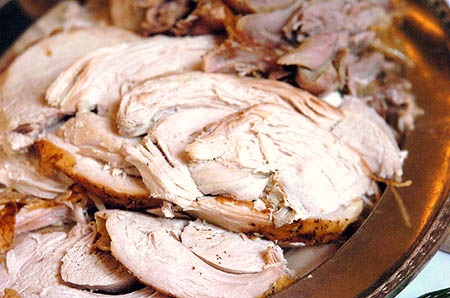
So the day after our Thanksgiving feast, and look at all that leftover turkey. At our house we like to incorporate it into more than the proverbial turkey noodle soup, turkey casserole, and of course, turkey sandwiches. We’ve found it also works well in place of chicken in our chicken tortilla soup recipe. And it’s perfect in tacos, burritos, and tostadas, too.
With the point made that our turkey does well in Mexican recipes, let’s talk about an essential part of those recipes: salsa, picante sauce, and pico de gallo. These terms have always confused me. “What’s the difference?” I’ve wondered. I suspect I’m not the only Mexican food illiterate out there, so I thought we ought to talk about it.
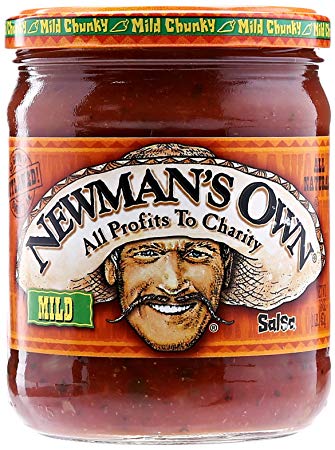
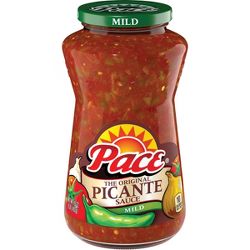
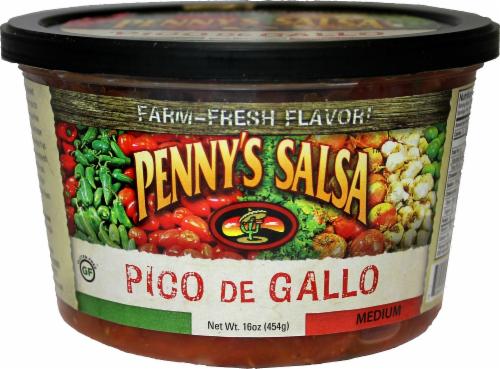
I found a very helpful and concise tutorial on the subject on a great site, Tastessence (www.tastessence.com) and thank these folks for sharing their knowledge.
First of all, it’s generally thought that corn and beans are the basis of Mexican cuisine and diet, but those at Tastessence believe it's the salsa that makes south-of-the-border dishes taste so wonderfully delicious. I agree. I’ve found that by adding our favorite salsa, a so-so dish perks right up.

And have you noticed that with any dish ― chilaquiles, burrito, tacos, tortilla chips, tostadas ― a bowl of red or green salsa will always accompany it? It’s the “perk up” factor that drives this practice.
But back to the original point: the difference between salsa, picante sauce, and pico de gallo. First, salsa. In Spanish, salsa basically means 'sauce'. It is a condiment made with red tomatoes or tomatillos in two forms―raw and/or cooked―and is served as either a dip or accompanied with a dish.
So, in a broader sense, the different types of sauces, thin, chunky, smooth, spicy, mild, green, black, etc., all fall under the category of salsa. There is no single recipe or ingredient that can claim itself as salsa; it's a generic term. (Ha! I didn’t know that.)
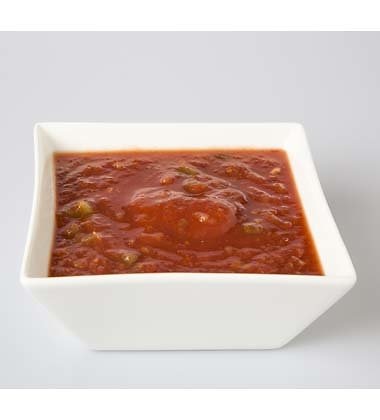
Whereas, in Spanish, the word 'picante' means 'spicy'. If you pay attention to the Mexican food aisle, where they have all the different types of salsa available, you will find some picante sauce labeled as 'salsa'. This is not wrong.
Keeping the original meaning of the word 'picante' in mind, this variety simply means it is a spicy salsa. One way to distinguish picante sauce from other types of salsa is by looking at its texture. Picante sauce comes in a semi-liquid form and is prepared by cooking all ingredients.
Lastly, what is pico de gallo? It’s an uncooked salad prepared with diced ingredients is also known as salsa fresca, salsa picada, and salsa Mexicana. It is another type of salsa with a chunky texture as the ingredients are chopped/diced instead of being cooked or blended together.
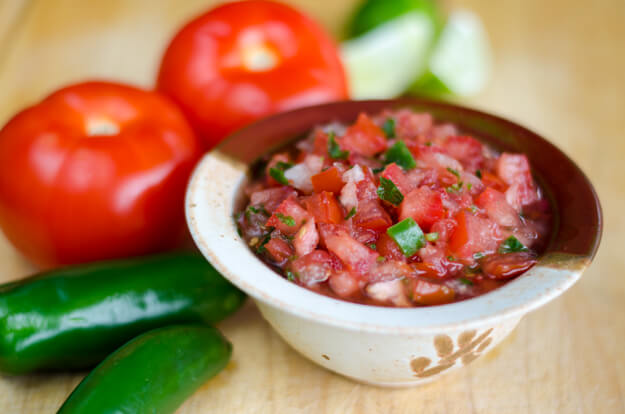
Now that we know the difference between these three traditional Mexican treats, here’s some advice: While preparing salsa, always use fresh ingredients to get the maximum amount of flavor. Also, avoid storing it in the refrigerator for more than a day or two.
And finally, I’ll close with a favorite pico de gallo recipe from Tastessence. This gets rave reviews. See what you think:
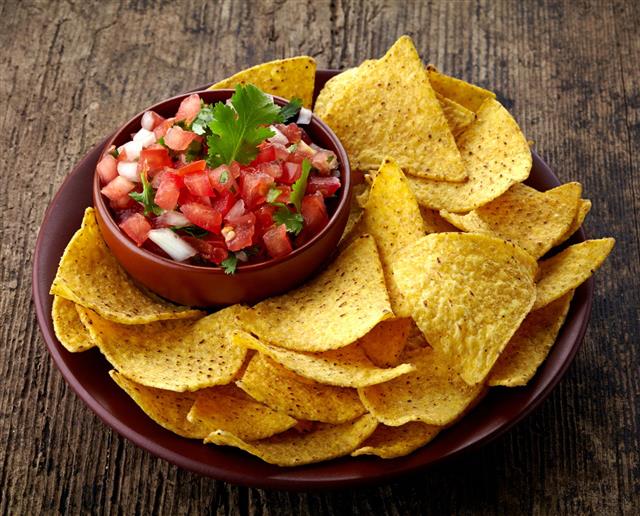
And then there’s pico de gallo.
PICO DE GALLO (yield: 2 cups)
3 tomatoes
½ white onion
1 Serrano chili pepper
2 tablespoons cilantro
2 tablespoons fresh lime juice
1 tablespoon extra virgin olive oil
Salt, to taste
Dice the tomatoes and white onion into small bite-size pieces.
Mince the Serrano pepper properly (you can choose not to include the seeds).
In a medium bowl, combine all ingredients.
Do a taste test to check whether you need more salt or lime juice.
Set the pico de gallo aside for at least 10 minutes before serving. This allows flavors to meld.
- www.mediamuskuli.com
- www.target.com
- www.foodco.net
- www.wooderice.com
- www.campbellsfoodservice.com
- www.cookeatpaleo.com
- www.tastessence.com
 Alice Osborne
Alice Osborne
Weekly Newsletter Contributor since 2006
Email the author! alice@dvo.com
